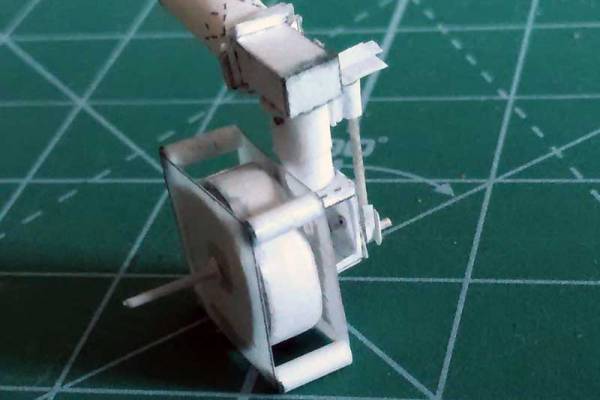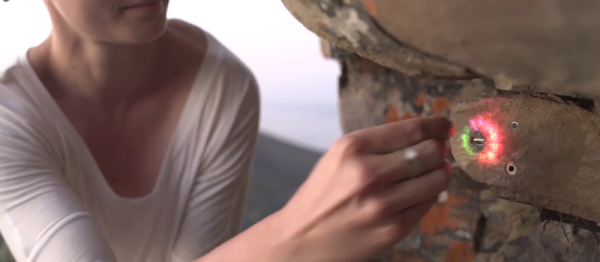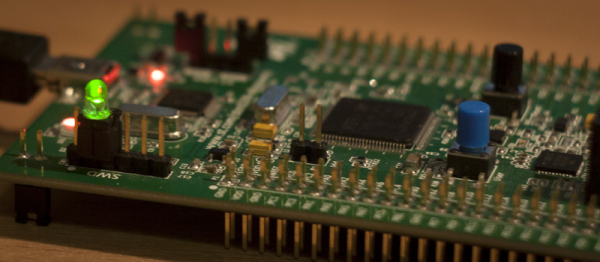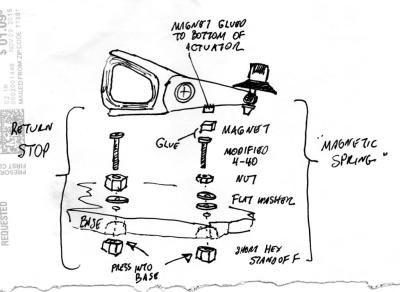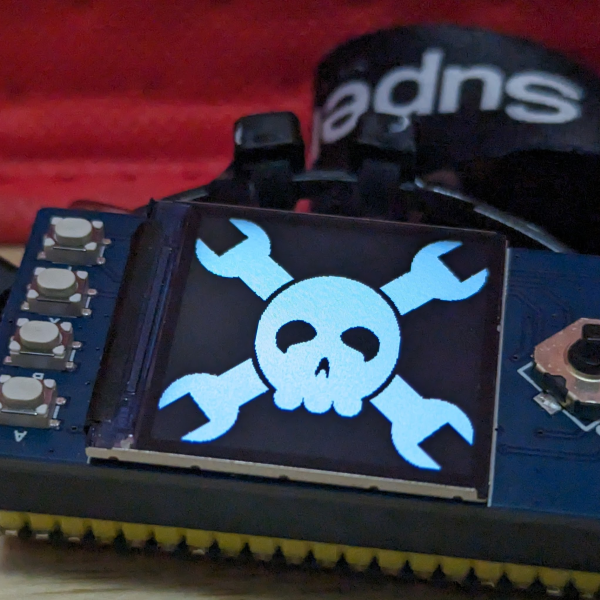You can make a lot of stuff out of paper, but a single-stroke engine model less than an inch across? That’s a new one, courtesy of Russian hacker [Aliaksei Zholner], who built a quite remarkable model of a single-stroke engine out of paper (in Russian, translated version via Google Translate). Measuring less than an inch across, it is driven by compressed air and accurately models the rotary action of a single-stroke engine, where a piston in the cylinder drives a flywheel that creates the engine cycle.
The creator has managed to run it at up to about 60 revolutions per second, or about 3600rpm. That’s an impressive speed for a few bits of paper and glue, and there is even an input restrictor that can control the airflow that drives the model. We’ve featured some interesting paper creations before, such as this papercraft robot and a Strandbeest, but this one is a step beyond. [Aliaksei] has also made the plans and template for this available, so those with steady hands can go ahead and try to make their own.

